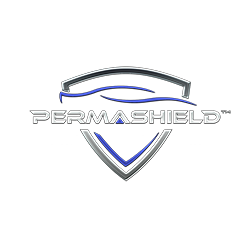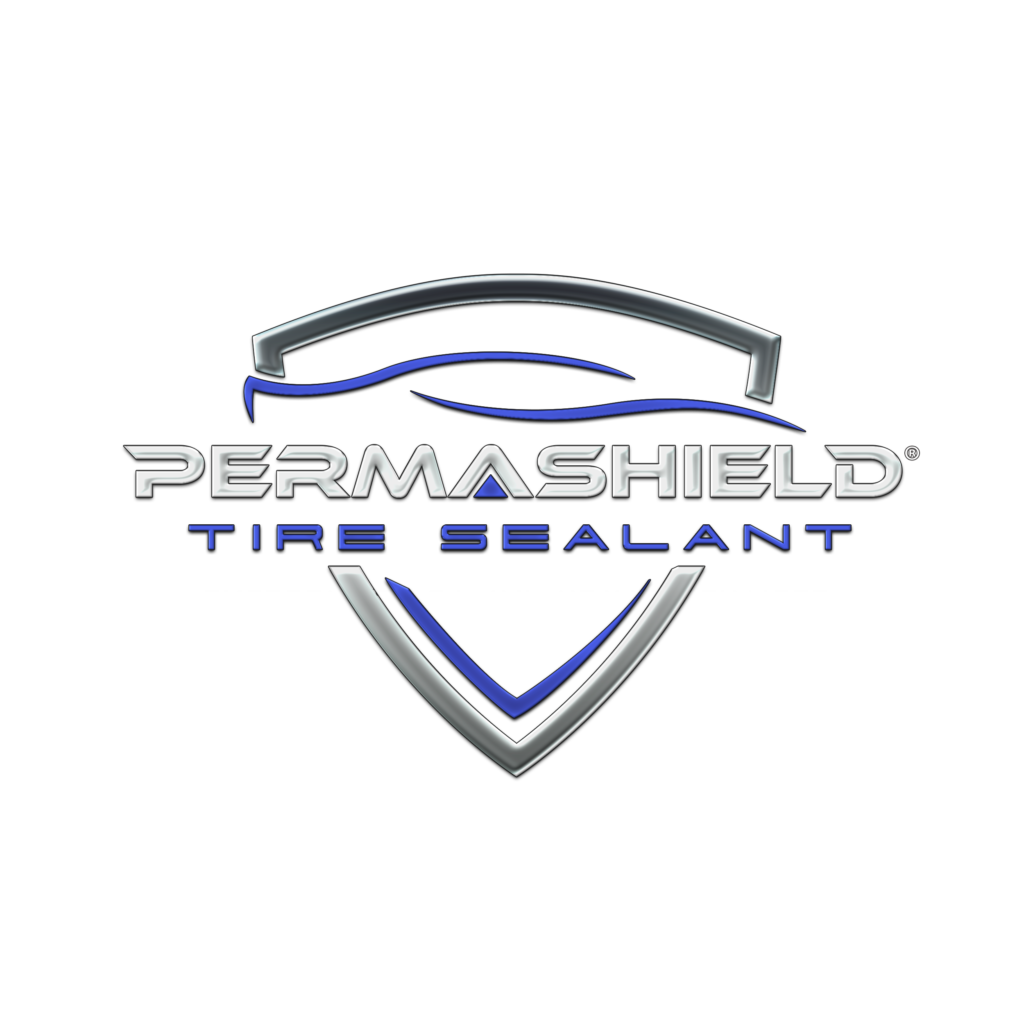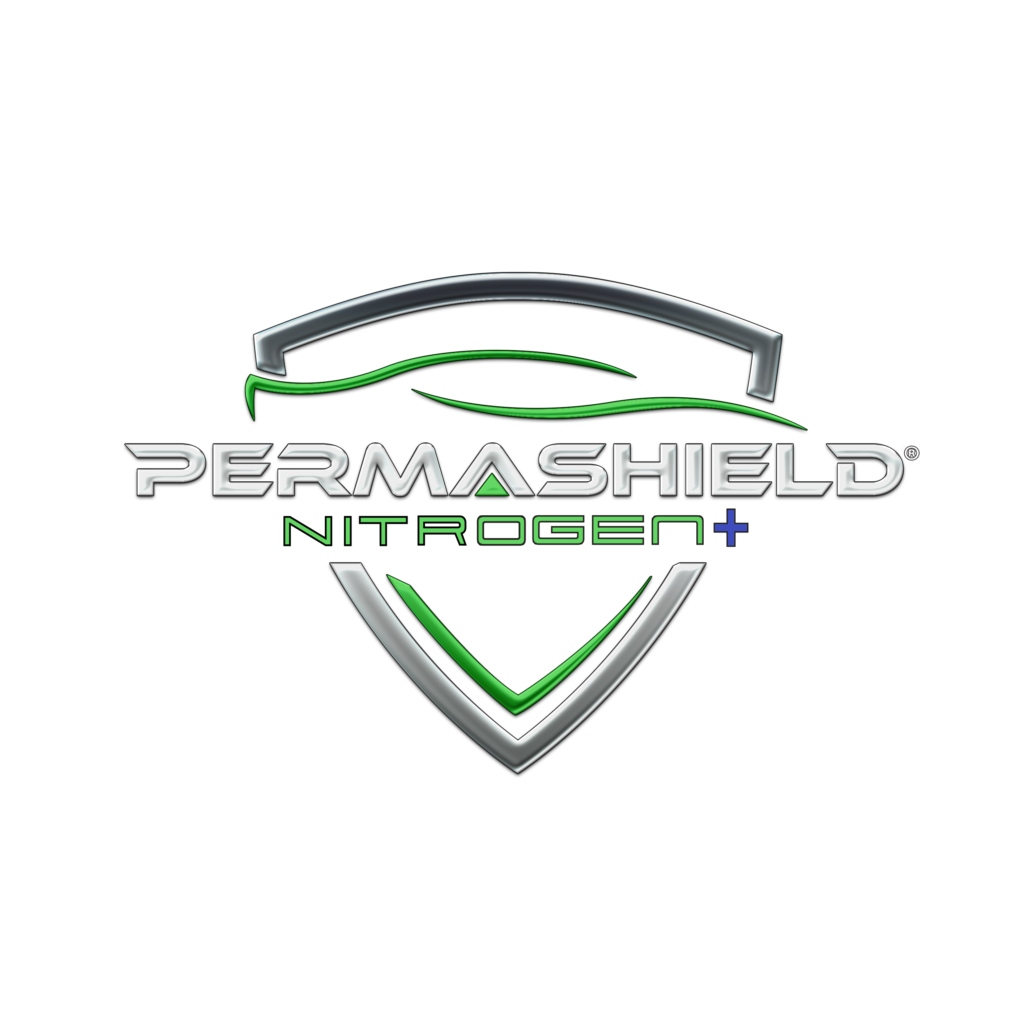Frequently Asked Questions
Permashield® Tire Sealant FAQs
Yes. When a puncture from a nail or similar object occurs in the covered area, the inside tire pressure forces the Permashield® Tire Sealant into the wound area, immediately forming a protective seal around the penetrating object. If the penetrating object falls out or is removed from the tire, the puncture wound is forced open and the product instantly fills the hole and creates a permanent seal.
Yes. In a case where a screw has caused a puncture, the sealant will form a protective coating around the threads. The tire will continue to perform as normal with the screw inside, permanently sealed. We recommend that it not be removed from the tire. The head of the screw will wear off as the vehicle is driven and it will not do any damage to your tire. Most drivers will never even realize they ran over a screw because their tire will not lose air pressure.
If driving with a screw inside your tire makes you uncomfortable, or if multiple screws are embedded in the tire causing an imbalance, you may simply have them removed by a tire professional. In most cases, the hole created when removing the screw will seal itself. However, if removal of the screw results in a large hole or a jagged tear in the tire, it may require a patch. Always consult the tire manufacturer safety guidelines before patching or repairing any tire. Any manual removal of the screw that results in damage or an unsealable hole in the tire is not covered under our product guarantee.
Tires lose balance through normal driving, so periodic tire balancing service is typically needed. Over time, tire tread wears down and causes the distribution of weight around the tire to change, which leads to imbalance and noticeable vibration often felt in either the steering wheel or seats. Typically, vibration from imbalance is felt more prominently at highway speeds, and may be imperceptible at low speeds. Most tire manufacturers recommend rebalancing tires every five to seven thousand miles. With Permashield Tire Sealant installed in a tire, there is no need to rebalance tires in most cases of normal tread wear imbalance. The imbalances caused by normal wearing of the tires is corrected automatically through the hydrodynamic balancing properties of the specially formulated Permashield Tire Sealant. As the product repositions itself due to tire imbalance at high speeds, an occasional slight vibration may be felt. Once the ride is smooth, the tires should remain in balance again for a considerable time until normal tread wear requires an additional hydrodynamic rebalancing.
Permashield Tire Sealant is not designed to hydrodynamically rebalance tires that have excessive tread wear, flat spots, tire manufacturing defects including uneven rubber weight or out of roundness, suspension irregularities, bent, damaged, or unbalanced wheels, or issues with wheel bearing or braking systems. If any vibrations at high speeds are constant and do not cease after a few seconds, it is likely that something other than normal tread wear is causing the issues and the vehicle should be inspected at a professional service center.
While it is possible for the Permashield® Tire Sealant to seal punctures in a tire sidewall, for all passenger vehicle and high speed vehicle applications we recommend that any sidewall puncture be inspected by a tire safety professional. It is important to understand that the construction of a tire’s sidewall is very different from the construction of the tread area, and there are structural and safety considerations that make it outside of our product performance guarantee.
We are aware of no major tire manufacturer warranty that is affected by the use of the Permashield® Tire Sealant. In most cases, the sealant improves the performance of the tire and extends its useful life.
The Permashield® Tire Sealant TS series formulas with DuPont® Kevlar® fiber are designed specifically for passenger vehicles and work with all major tire pressure monitoring systems (TPMS). They are designed to maintain or improve tire balance and ride characteristics in both slow and high speed driving conditions. They may prevent flats from punctures up to 1/4″ (6mm) in diameter in the protected tread area.
The Permashield® Tire Sealant HD formula with DuPont® Kevlar® fiber is an industrial-grade formula designed specifically for industrial and commercial uses, such as construction, mining, farming, trucking, and other large vehicles. It is also designed for ATV and similar off-road vehicle use. The HD formula works under extreme conditions and can seal punctures in the protected area of the tire of up to 1/4″ (6mm) in diameter.
We have never had a TPMS failure caused by the use of our product. In the event that our product caused the TPMS to fail, it would be covered under our product guarantee.
The Permashield® Tire Sealant Limited Warranty Coverage is different than a typical road hazard policy sold in F&I. Our manufacturer warranty guarantees that the product will prevent flats caused by punctures up to ¼ inch in light duty vehicles and ¼ inch in heavy duty vehicles that occur in the covered tread area of the tire, if properly installed. Side wall damage and flats caused by potholes, lacerations, or other similar scenarios are not covered. A typical Road Hazard policy will cover flats or tire and wheel damage caused by any number of reasons that fall outside of our product guarantee. It is very common for dealers to sell Road Hazard policies in addition to installing the Permashield® Tire Sealant for maximum coverage. The installation of the Permashield® Tire Sealant often results in lower Road Hazard policy claims, and therefore, higher warranty profitability and retention.
Yes. However, in order to activate the Permashield® Tire Sealant protection the vehicles must be driven for approximately 5 miles above 60 miles per hour to properly coat the inside of the tire. If a vehicle sits on a lot for an extended period of time it may be necessary to drive the vehicle again to reactivate the protection.
Typical installation takes less than 15 minutes.
Use the Permashield® Installation Calculator to determine dosage.
• Light Duty Dosage Calculator
• Heavy Duty Dosage Calculator
All customers must register their vehicles through our online registration link or through the installing dealer’s electronic contracting system. They will then be given Permashield® customer service and claim contact information.
Customers have the option of receiving reimbursement directly or having payment made to their service provider.
The Permashield® Tire Sealant has been extensively tested and is certified to -40 degrees F without freezing. It also remains stable and effective at temperatures up to 150 degrees F. Prior to installation, the product should be stored in sealed containers at temperatures between 50- 80°F. For installation in cold weather, please refer to the Cold Weather Installation Instructions on the Permashield website Installation page.
Yes. Unlike many of the competitor products, any tire with the Permashield® Tire Sealant installed does not cause it to be unrepairable or unretreadable. The product is water soluble and may also be removed with a simple hose to allow for any needed repairs or retreads.
The Permashield® Tire Sealant is non-toxic, non-hazardous, and non-combustible. Not only does it comply with all Toxic Substance Authority requirements, but many of its ingredients are commonly found in food products and other household items. All of the Permashield® Tire Sealant products also include rust inhibitors that prevent the product from causing any corrosion or degradation of wheels and modern, sealed internal tire pressure monitoring sensors (TPMS).
Our specially formulated tire sealant is designed to be installed through the tire valve stem without any damage or interference with the TPMS systems. Once installed, the product is activated by driving at highway speeds above 60mph for approximately 5 miles. The activation process allows the product to spread evenly along the inside of the tire tread area using centrifugal force. During this activation process, it is common to feel a slight vibration as the product is spreading, which quickly ceases once the inner tread is evenly coated. Unless a vehicle sits without being driven for an extended period of time, the product will remain evenly distributed and no reactivation is necessary. In the case of a vehicle that has remained stationary for several weeks or months, the product may simply respread and reactive upon the first drive at highway speeds. During this reactivation process, a slight vibration for a few seconds up to a minute at high speeds may be felt, indicating the product is respreading evenly. In cold weather below freezing, the product will naturally thicken, potentially making the activation process a little longer. See Cold Weather Installation Instructions on the Permashield Installation page for more details.
In short, yes, but it’s quite rare and we have never had any documented cases of such a vibration being the result of the Permashield Tire Sealant failing to work. In almost every case there is some other underlying issue with the vehicle or the activation process was not completed properly. Permashield customers tell us they would rather have the peace of mind that comes with having “puncture proof tires” than worry about a slight vibration every now and then.
Run-flat tires provide no flat tire prevention. Run-flat technology typically involves a stiffer side wall or inner supporting ring. Neither of those technologies cover the tread area that Permashield Tire Sealant protects. Permashield Tire Sealant will prevent flat tires that would otherwise cause the run-flat technology to be used, thereby increasing the life of the tire and preventing costly and time-consuming tire repair or replacement.
Due to the increased rigidity of most run-flat tires, it is not uncommon for the sealant to have a more difficult time completely filling the puncture, resulting in a possible loss of air pressure.
Yes. Run-flat tires do what they claim to do: run when flat from a puncture. However, you still have a flat tire and there are a number of problems with the run-flat technology. First, when flat, a run-flat tire is only designed to run for a few miles and at a reduced speed to allow the vehicle to reach a nearby repair station. Second, the longer the tire is driven while flat the more likely it is that the tire must be replaced. When flat, run-flat tires run hot and can damage the inner layers and side wall integrity. Third, replacement of a run-flat tire is very costly and not all repair stations have them in stock, resulting in inconvenient delays and multiple trips to the repair station.
Permashield Tire Sealant prevents flats. There is no need to reduce speed or find a repair station in nearly all cases. Once the sealant seals the puncture, there is no need for any further repair to the tire under normal conditions. This means no down time and no costly replacement or repair expenses.
Yes. However, any vehicle that is driven less than once every six to eight weeks at highway speeds for more than 5 miles may experience a slight vibration for a few seconds to a minute at high speeds as the product reactivates.
No. Permashield Tire Sealant will not work and should not be installed on acoustically insulated tires that use polyurethane or similar foam/sponge rings that are inserted inside the tire.
Permashield® Nitrogen+ FAQs
Yes, tires can still lose pressure due to leaking valve stems or small punctures so we recommend that you still check your tires to make sure that you are operating at a safe pressure.
Nitrogen has two primary effects: better maintained tire pressure and the removal of moisture from the tire.
Yes. All major tire manufacturers endorse the use of nitrogen for maintaining proper tire inflation pressure.
No. All major tire manufacturers endorse the use of nitrogen for maintaining proper tire inflation pressure.
You can still top off your tires with plain air, but you could lose some of the important benefits of riding on nitrogen inflated tires. But it’s better to make sure that you have the safe operating pressure and then return to your servicing dealer as soon as you can to replace the air and return to fully nitrogen inflated tires.
There are MANY benefits of having nitrogen inflated tires. The two main are the reduction of moisture and the retention of proper tire pressure. Some of the other benefits are: increased tread life, reduced tire failures, improved steering, improved handling, improved braking, better gas mileage, reduced tire oxidation, elimination of wheel corrosion, lower running temperatures, and a decrease in false alarms from your Tire Pressure Monitoring System.
Nitrogen is a proven savings benefit to car owners and it will make you safer. Switching to nitrogen will save you money by increasing the life of your tire and your gas mileage.







